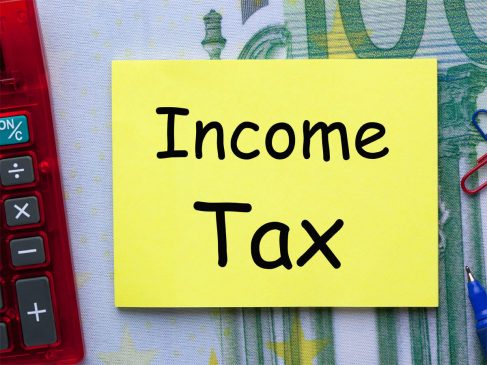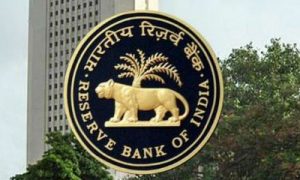The Central Board of Direct Taxes (CBDT), on June 14 released the data of Cost Inflation Index (CII). The data shows that the CII has now increased to 331 in FY 2022-23 as against 317 in FY 2021-22, which is an increase of 4.42% in the prices of consumer goods and assets on an annual basis.
The Cost Inflation Index (CII) gives information about changes in the average prices of goods and assets on an annual basis. The CII value is used to find the inflation-adjusted cost of acquisition of the asset. This is the reason why CII is very important in tax planning. It plays a major role in the determination of capital gains.
It is determined through Cost Inflation Index (CII) that how much capital gains tax you will have to pay on the profit made on the sale of a property or asset.
Read More: ‘Get money with Aadhaar’: Here’s how to apply for instant Aadhaar card loan
How Cost Inflation Index is used?
CII is used to calculate Long Term Capital Gains (LTCG) of investments and assets including real estate, gold jewellery, debt mutual funds, and so on. With the value of CII, you can know the real gain on the sale of an asset. The CII is used to compute an asset’s inflation-adjusted cost price. Long-term capital gains or losses are then calculated using the inflation-adjusted price.
The CII cannot, however, be utilised for gains on equity shares and equity mutual funds that are taxed at a rate of 10% without any indexation benefit.
When you sell a capital asset or property, you have to pay capital gains tax. This tax is levied on the difference between the sale price and the purchase price. The value of a property increases over time. Because of this, its sale is also done at a higher price.
This increases the difference between the sale price and the cost price. But, as the value of a property rises over time, so too does the value of money due to inflation. CII artificially inflates the cost price of your property or asset. This reduces the difference between the sale price and the cost price. It also reduces capital gains tax. This is why CII is very important for tax planning.
Read More: How UPI and Credit Card linking will offer the best of both worlds to customers
Index cost of acquisition
The Income Tax Department allows the assessee to take into account the indexed cost of acquisition for computing the Long Term Capital Gains (LTCG) tax. For example, you have to pay capital gains tax on gains made on transfer of a property. If a person sells it before two years of purchase, then the gains made from that are considered as Short Term Capital Gains (STCG).
STCG is added to the income of the individual. Then it is taxed according to the tax-slab of the individual. If the person sells the property after holding it for more than two years, then the profit made by him is considered as long term capital gain. It attracts 20% tax with indexation. To calculate the LTCG of a property, one has to calculate the Indexed Cost of Acquisition of the property.





































